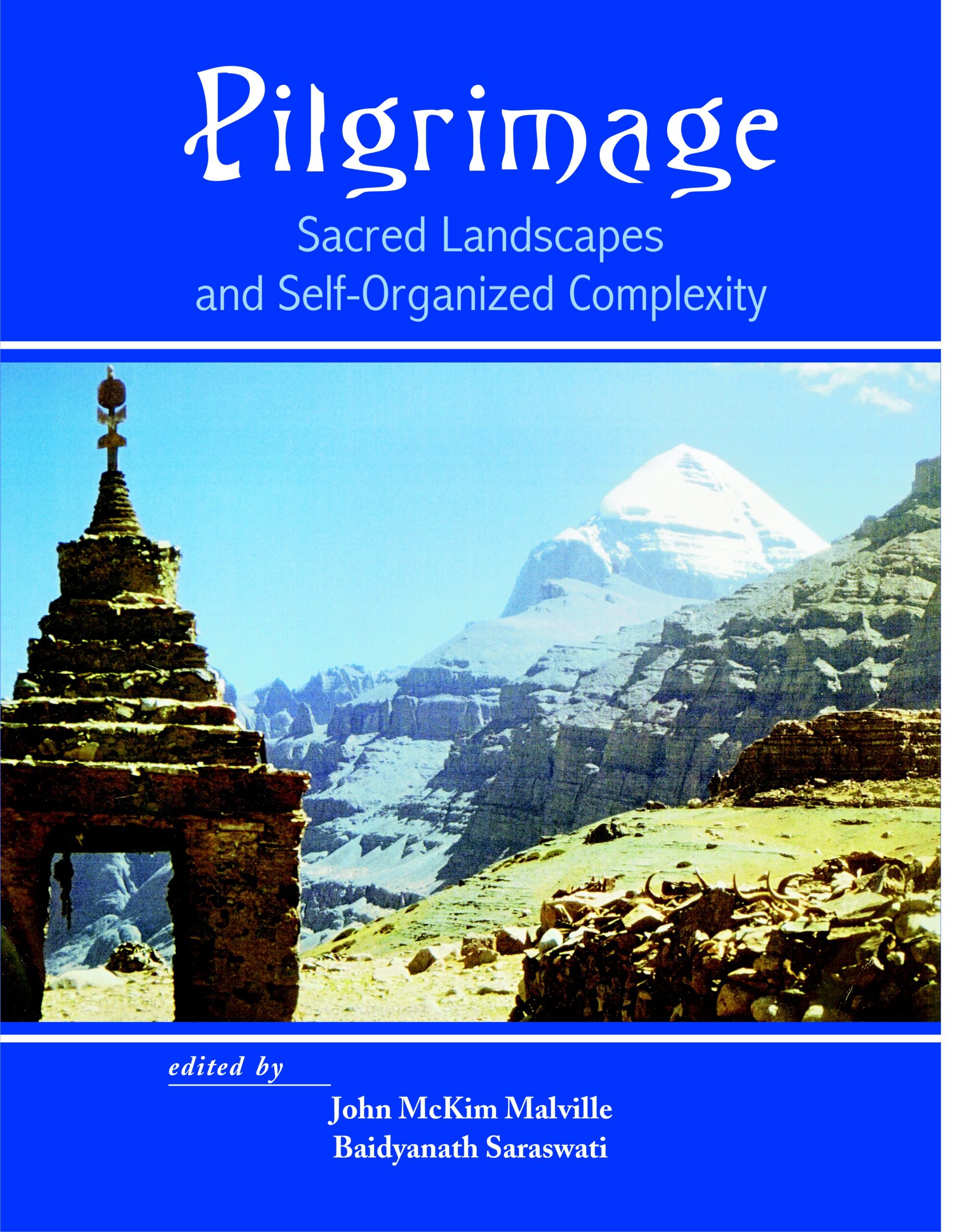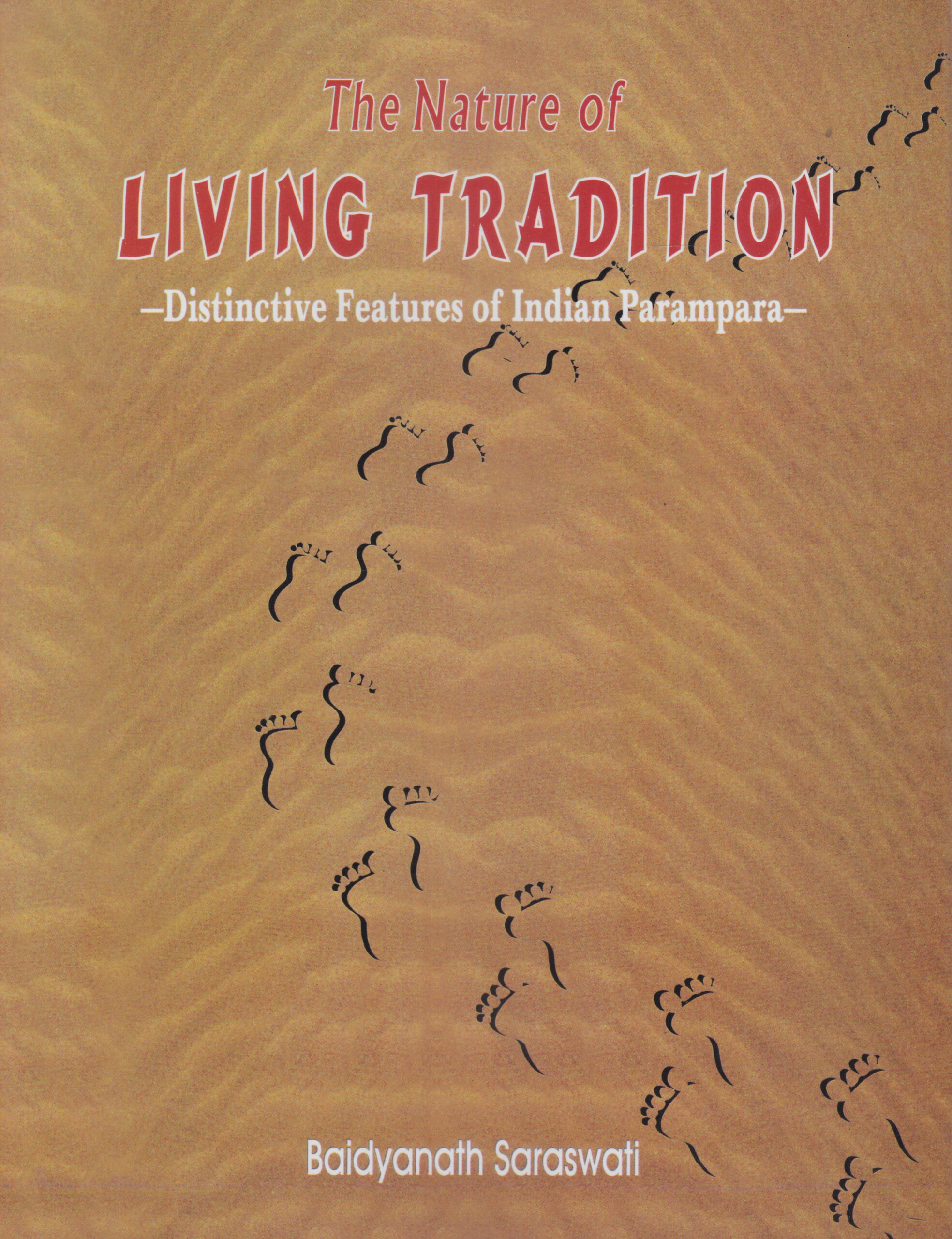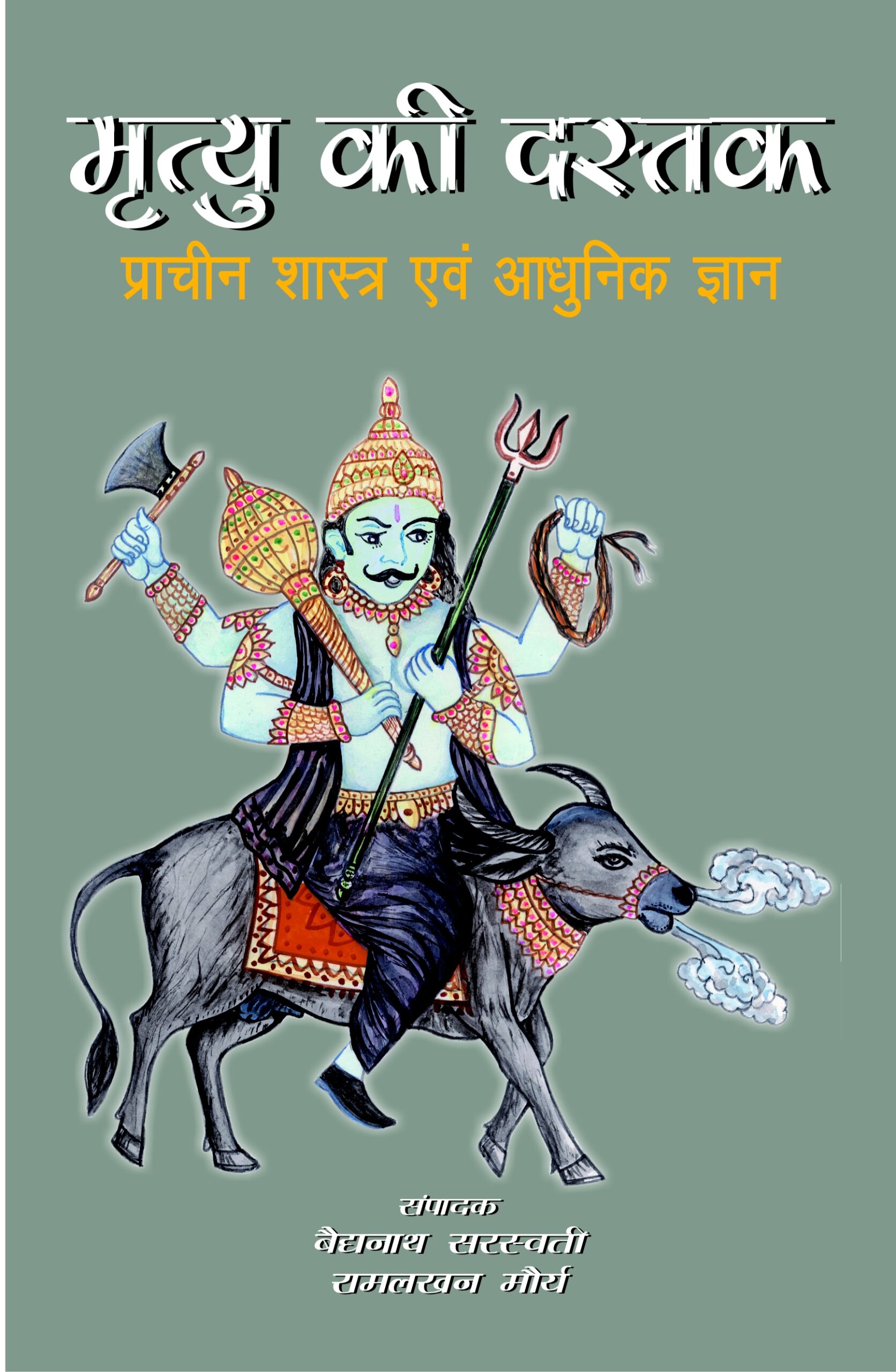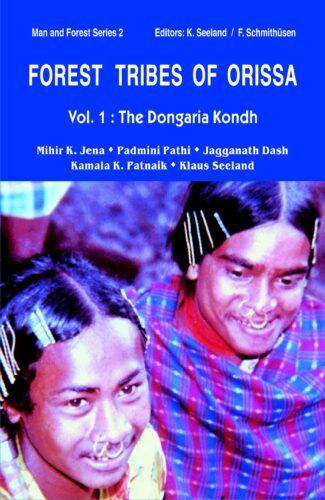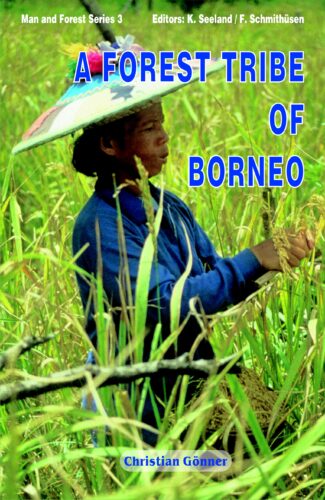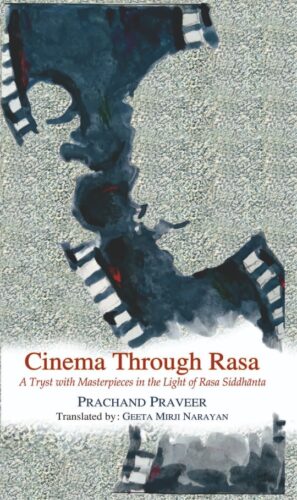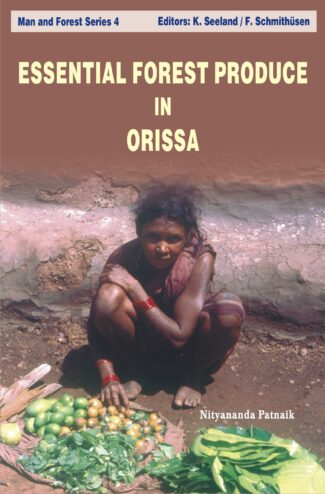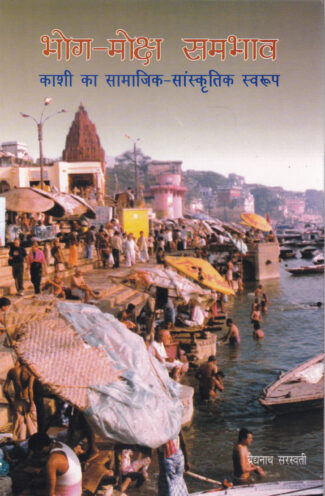

Bhog-Moksha Sambhava...
Bhog-Moksha Sambhava
Kashi Ka Samajika-Samskritika Svarupa by: Baidyanath SaraswatiThis book contains 57 essays on the history of Kashi. They highlight the important religions, sects, factions of Kashi and their involvement in cultural traditions social and economic.
₹850.00 Original price was: ₹850.00.₹765.00Current price is: ₹765.00.
ISBN: 9788124601518
Year Of Publication: 2000
Edition: 1st
Pages : xiii, 362
Language : Hindi
Binding : Hardcover
Publisher: D.K. Printworld Pvt. Ltd.
Size: 23 cm.
Weight: 700
This book contains 57 essays on the history of Kashi. They highlight the important religions, sects, factions of Kashi and their involvement in cultural traditions social and economic.
- Sale!Forest Tribes of Orissa Vol. 1: Dongaria Kondh Forest by: Mihir K. Jena, Padmini Pathi, Jagannath Dash, Kamala K. Patnaik, Klaus Seeland,
₹1,650.00Original price was: ₹1,650.00.₹1,485.00Current price is: ₹1,485.00.In the management of renewable resources, forests have undeniably a vital role and today, as never before, their conservation is an urgency. In view of this dire necessity, the series Man and Forest tries to highlight the relevance of indigenous knowledge of various South Asian tribal communities in the sustainable management of forests/local resources more specially against the growing challenges of economic development vis-a-vis environmental hazards and a rapidly declining resource base. A scientific inquiry into indigenous knowledge is an effort to discover/ rediscover the tribals traditional modes of production and conservation. For them it is the only source to cope with the problems of modernity affecting their lives and precarious environments. Forest Tribes of Orissa: The Dongaria Kondh is the second book in the series of monographs of Man and Forest, and the first focussing on a tribal community today caught in the transition between an autochthonous lifestyle and fragments of modernity. The authors attempt to document the Dongarias traditional knowledge of their natural environment; how they classify trees, plants, hills, forests, crops, and soils; and how so far they have been managing their forests. Also meticulously delineated, as a backdrop to this study, are the Dongarias geographical landscape, economy, socio-political organisation, oral traditions, belief cosmos, and other relevant socio-cultural aspects. The present book is, as most of the volumes in the series, the outcome of nearly ten-years research venture involving an interdisciplinary, intercultural team of sociologists, ethnobotanists, social anthropologists and other social scientists.
- Sale!Forest Tribe of Borneo by: Christian Gonner
₹800.00Original price was: ₹800.00.₹720.00Current price is: ₹720.00.Here is the third volume in the series Man and Forest: a series trying to highlight the relevance of indigenous knowledge of various tribal communities in the sustainable management of forests/local resources against the growing challenges of environmental hazards and a declining resource base. The volume takes the reader to the Dayak Benuaq village of Lempunah in Borneo (East Kalimantan, Indonesia) where, for over three hundred years, the local tribal population has made extensive use of its forest resources. More than a hundred locally-differentiated rice varieties and 150 other crops are cultivated over a mosaic forest of 9,200 ha. Besides maintaining a high level of bio-diversity, Lempunah villagers are managing an enormous reservoir of flora and fauna for their extended subsistence economy, including trade with various forest products over long distances. Market fluctuations and other uncertainties here are coped with by resource diversification and a high dynamic flexibility in switching between the use of resources. Together with vivid descriptions, Christian Gonner offers an insightful analysis of local resource use patterns, covering swidden agriculture, mixed forest gardens, rattan gardens, rubber gardens, and the non-cultivated forest in-between and temporal and spatial aspects of life in Lempunah. Christian Gonner has, for this study, applied ethnological, ecological, and geographical field-research methods.
- Sale!Cinema Through Rasa by: Prachand Praveer
₹1,500.00Original price was: ₹1,500.00.₹1,350.00Current price is: ₹1,350.00.Cinema Through Rasa discusses the important works of the world cinema in the light of Rasa Siddhānta of the Indian classical aesthetics. Rasa Siddhānta was first mentioned in Bharata Muni’s Nāṭyaśāstra – the ancient treatise on dramaturgy. This book catalogues the major cinematic works in the light of Abhinavabhāratī – a tenth-century commentary on the Nāṭyaśāstra by the great Kashmiri Śaivite philosopher Abhinavagupta. Further, it outlines the links between puruṣārtha, the cultural value system of life pursuits in Indian tradition, and aesthetics while citing examples from the works of major directors such as Orson Welles, Luis Buñuel, Ingmar Bergman, Akira Kurosawa, Andrei Tarkovsky, Alfred Hitchcock, Carl Dreyer, Charlie Chaplin, Sergei Eisenstein, Robert Bresson and Satyajit Ray.
Using contemporary scholars’ interpretation of non-dualistic Kashmir Śaivism tradition, Cinema Through Rasa aims to serve as a tribute to Abhinavagupta’s genius, a commentary on important ideas such as rasa, nature of emotions, cinema and beauty along with a tryst with the masterpieces of the world cinema. The meaning of this book is summarized by this verse – na hi rasād r̥te kaścid arthaḥ pravartate – the medium of cinema, though modern, should be seen as resting in the power of rasa without which nothing makes any sense.
This book is a translation of the original Hindi book Abhinava Cinema, which was first published in 2016. Abhinava Cinema was lauded as innovative, path-breaking and a must-read for students of literature and cinema studies by scholars and critics. - Sale!Evil by: Notker Wolf, Lep G. Linder,
₹275.00Original price was: ₹275.00.₹248.00Current price is: ₹248.00.This book is an indispensable guide for an up-to-date system of values. What once used to be deadly sins threatening human salvation have now become socially acceptable; envy and greed are the driving forces behind a ruthless economic world; there are outbreaks of anger on the streets and in the football stadiums. The name of the game is manifold: stubbornness, impatience, narcissism and disloyalty.
Notker Wolf has taken an look at an interesting development. He finds examples in the Bible, in the ancient myths, in current affairs. His conclusion: the deadly sins are as relevant today as ever before and it would be advisable not to leave the field open to them in our (western) economic and social systems, but rather to counter them with a foundation of values that are up to date. Readers will recognize themselves and our day and age in the mirror of this book. - Sale!Essential Forest Produce in Orissa by: Nityananda Patnaik
₹450.00Original price was: ₹450.00.₹405.00Current price is: ₹405.00.This volume is the 4th in the ongoing Man and Forest series a series trying to highlight the relevance of indigenous knowledge of various tribal communities in the sustainable management of forests and local resources more specially against the growing challenges of economic development vis-à-vis environmental hazards and a declining resource base. Orissas forests, covering a little over 57,000 sq km (or 36.72% of the states geographical area), are known to have a profusion of minor forest produce (MFP) which has been upgraded due to its importance for tribal livelihood and is called Essential Forest Produce (EFP) through the book. It comprises simple fodder and fuelwood to baffling medicinal herbs, besides numerous economically important plants yielding dyes, tannin, fibres, flosses, essential oils, edible fruits, seeds, leaves, honey among many other items. Yet, despite its enormous economic potential, about three-fourths of this forest wealth has so far been unutilized by the tribal communities largely because of its inaccessibility. With a holistic product profile of Orissas forests, an eminent anthropologist here looks for the rationale behind the vastly deficient utilization of its EFP identifying the entire range of causes: from the tribals incapacity to reach this forest resource to their exploitation by middlemen/traders/moneylenders to the larger forest policy issues. Dr Patnaik also proposes measures which would help tribals not only to actualize the inherent potential of EFP but, in turn, strengthen their economy as well. It is a painstaking empirical study of interest to social anthropologists, environmental activists, foresters, development economists, forest resource economists planners and policy-makers.








